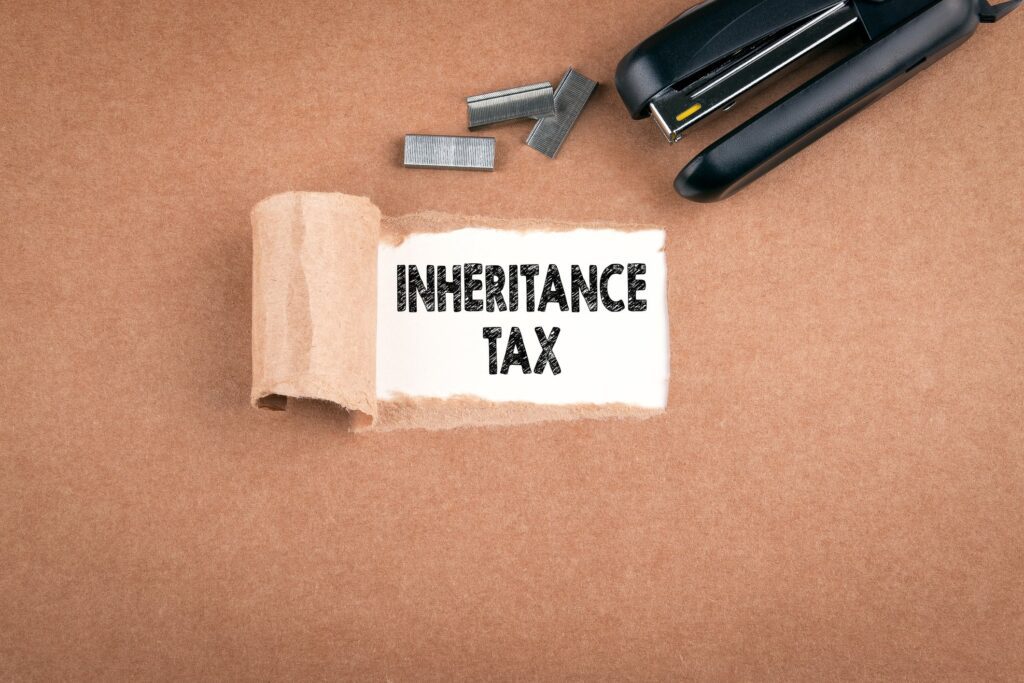A trust is a legal structure created to hold assets including money, possessions, real estate and other investments for beneficiaries. Trusts created in England & Wales can be of varying types each of which is taxed in a different way.
A trust will include 3 entities
- Settlor – the person who creates the trust
- Trustee – the person who manages the trust (A trust can have one or more trustees)
- Beneficiary – the people who benefit from the trust (A trust can have one or more beneficiaries)
Why do people create trusts?
A trust is created for one or more of the following reasons:
- To manage the family’s assets and keep them safe
- To help a minor by managing assets until he or she reaches a certain age
- To help a mentally or physically disabled person with managing assets
- To pass assets to others when you are still alive
- To make it easier to distribute assets if you die without a will
- To reduce inheritance tax levied on the estate
How does a trust work?
When creating a trust, the settlor writes a legally binding document called a “Trust Deed”. In this document, the settlor clearly states how the assets are to be managed or distributed.
Once the trust is created, the trustee becomes the owner of the assets therein which are known as the trust fund. However, he is legally obliged to administer the trust in accordance with the wishes of the settlor. However, some trusts permit a trustee to make decisions. More about this in the next subheading.
The trustee is responsible for the routine management and administration of the trust and for the payment of any tax due.
The beneficiaries of a trust can be a single individual, a family or a group of people. They benefit from the income of the trust derived, for example, by rent from a house or dividends from shares held within the trust fund. They may also benefit from the capital of the trust by way of distributions.
Types of Trust
Bare Trust – This is the most basic type of trust and is often created to hold assets in the course of fund management. It is also the form of trust that exists when other forms of trust come to an end leaving the trustee with the sole duty to transfer the funds to the people entitled to them.
Interest in Possession Trust – In this structure the trustee holds the trust fund for the benefit of one or more beneficiaries who have the right to receive the income of the trust as and when it arises. This structure is often used for the benefit of a spouse who receives the income for life with the capital passing to the children on his/her death.
Discretionary Trust – In this type of trust, the trustee has the ability to decide how to use the income or capital of the trust. For example, he may pass income to the beneficiaries if or when he feels that they should have it.
Hybrid Trust – It is a combination of two or more types of trust and each part of the trust is taxed according to its structure.
Settlor Interested Trust – This type of trust is created for the benefit of the settlor or for the spouse or civil partner of the settlor. For example, settlors may realise that they can no longer work and earn money because of illness. In this case, they can create a trust to provide for their future needs.
Should a trust be registered?
A trust must be registered with HM Revenue & Customs if it is liable for
- Capital Gains Tax
- Inheritance Tax
- Income Tax
- Stamp Duty Reserve Tax
A trust must also be registered if it is intended to claim tax relief.
Please contact Aristone Solicitors if you have queries about the taxes levied on each type of trust. We can also offer professional assistance in registering a trust.




